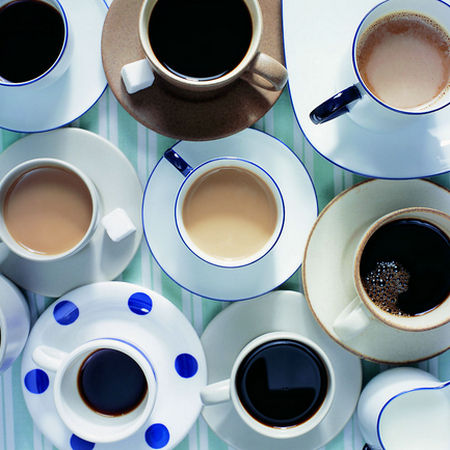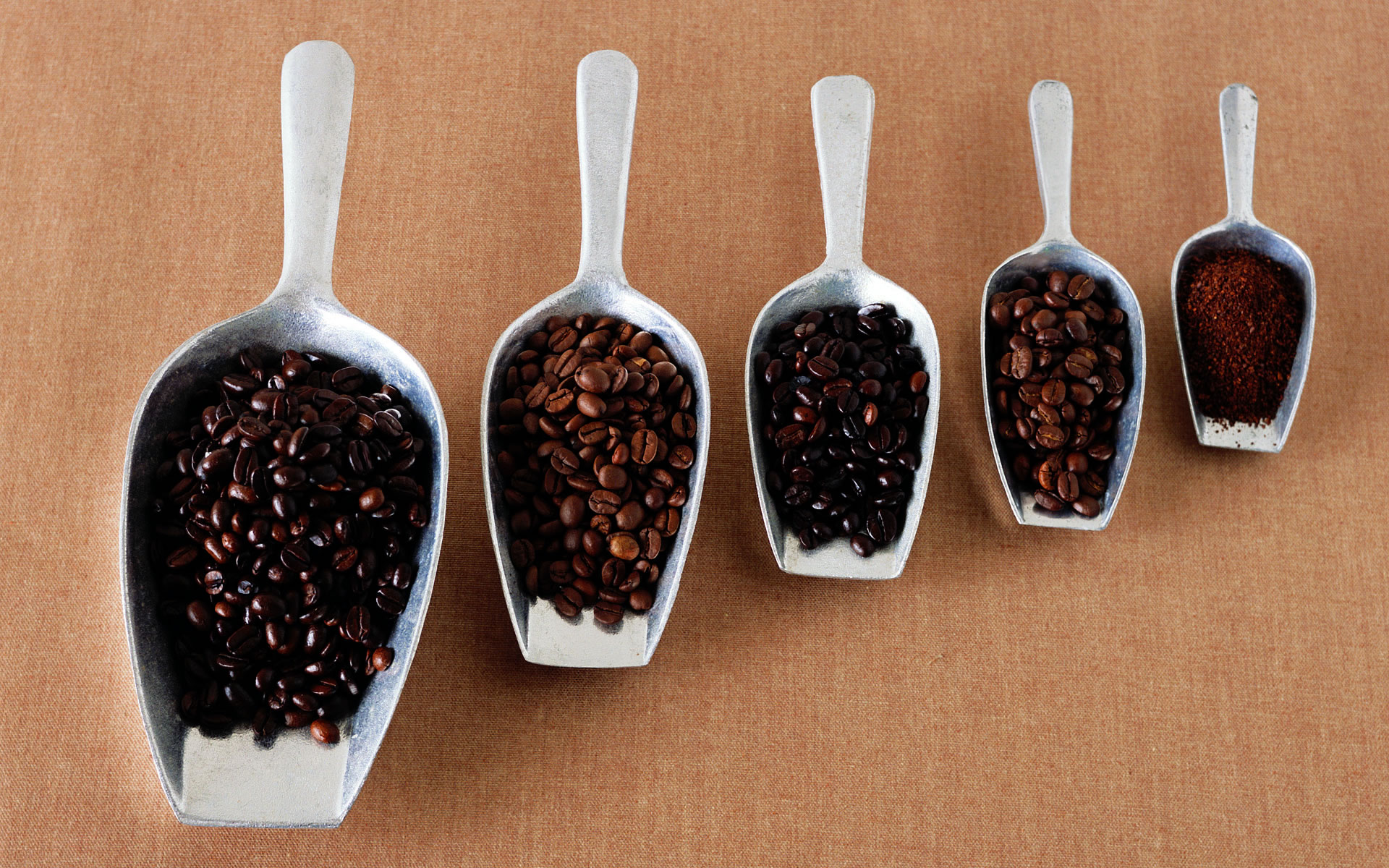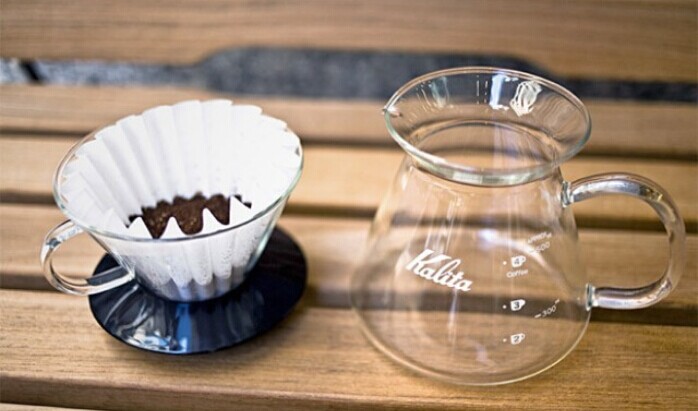Coffee brewing golden cup standard coffee how to brew coffee the golden proportion of coffee brewing
According to the research of Dr. Lockhart and Ringo, a senior consultant of SCAA (American Fine Coffee Association), as far as coffee extraction is concerned, the dissolution rates of flavor molecules and hot water often vary according to molecular weight and polarity. Coincidentally, the low molecular weight sour flavors of flowers and fruits, nuts and toast, as well as the cereal and rice flavors produced at the initial stage of the Mena reaction will be dissolved preferentially, followed by medium molecular weight flavors such as caramel, cream and chocolate, followed by high molecular weight resins, dark chocolate and caramel, which are mainly bitter and salty, sweet and bitter, wine, spice and coke.
70% of coffee beans are water-insoluble fiber, and soluble flavors account for only 30% of the weight of cooked beans. Therefore, the extraction rate is too high or too low, indicating that the flavor extracted from brewing coffee is too much or too little, which will affect the taste of coffee. Therefore, when brewing coffee, if the flavor extracted is too much, if 30% of the flavor is extracted, it is certain that the extraction is excessive, and there will be unpalatable bitterness, saltiness and throat bite; if only less than 18% of the soluble matter is extracted, it is easy to lack of extraction, and it is easy to have inactive dead acid and half-cooked grain flavor and astringency, which is uncomfortable. And if the extraction rate happens to fall in the golden range of 18%, 22%, the astringency and dead acidity of the first extraction are cleverly neutralized by the sweet aromatics extracted immediately after, and then Baiwei is in harmony.
The main factors affecting the extraction rate are brewing water temperature, extraction time, stirring force and baking degree, coffee powder amount and grinding fineness. The higher the water temperature, the longer the brewing time, the harder the stirring or the deeper the baking degree, the higher the extraction rate. On the contrary, the more it will pull down the extraction rate, resulting in insufficient extraction.
It is worth mentioning that the relationship between baking degree and extraction rate is that the shallower the roasted coffee fiber is, the harder it is to dissolve, so it needs higher water temperature, longer brewing time or finer grinding degree to avoid insufficient extraction. On the contrary, the deeper the roasted coffee is, the softer the fiber is, and the easier it is to dissolve the ingredients. It is appropriate to use a lower water temperature, a shorter time, or a thicker degree of grinding, so as to avoid excessive extraction. Therefore, the shallow roasted coffee is obviously more able to withstand the stronger extraction than the deep roasting.

Important Notice :
前街咖啡 FrontStreet Coffee has moved to new addredd:
FrontStreet Coffee Address: 315,Donghua East Road,GuangZhou
Tel:020 38364473
- Prev

The champion demonstrates the operation of hand-brewing coffee to make a perfect cup of coffee.
Use steps: 1. Fold the size-matching filter paper and place it on the filter bracket, which is placed on a cup with moderate capacity to hold the coffee liquid. In order to clearly see the state of coffee liquid ticking, the cup had better be made of transparent material. 2. Rinsing the filter paper with proper amount of hot water can not only make the filter paper stick smoothly on the filter bracket, but also rinse the filter paper away.
- Next

Types and characteristics of filter cups for hand-brewed coffee introduction to the types and differences of filter cups for hand-brewed coffee utensils
When hot water is injected, the speed of filtration will be different, so the extraction time will also change. The difference in extraction time will lead to a difference in coffee flavor. The filtration speed varies with the area of the hole on the filter cup. The smaller the area is, the slower the filtration speed is. This type of filter cup will stay in the filter cup first because the injected hot water will first stay in the filter cup, and then filter at a certain speed, and the extraction will stop.
Related
- Beginners will see the "Coffee pull flower" guide!
- What is the difference between ice blog purified milk and ordinary milk coffee?
- Why is the Philippines the largest producer of crops in Liberia?
- For coffee extraction, should the fine powder be retained?
- How does extracted espresso fill pressed powder? How much strength does it take to press the powder?
- How to make jasmine cold extract coffee? Is the jasmine + latte good?
- Will this little toy really make the coffee taste better? How does Lily Drip affect coffee extraction?
- Will the action of slapping the filter cup also affect coffee extraction?
- What's the difference between powder-to-water ratio and powder-to-liquid ratio?
- What is the Ethiopian local species? What does it have to do with Heirloom native species?

